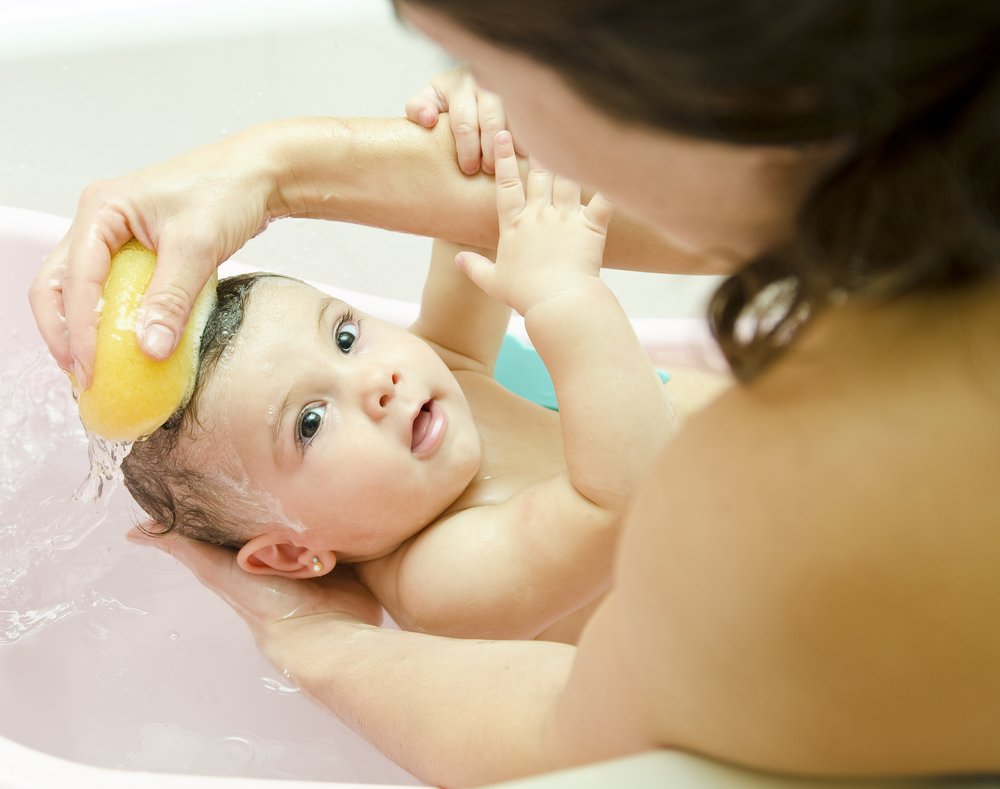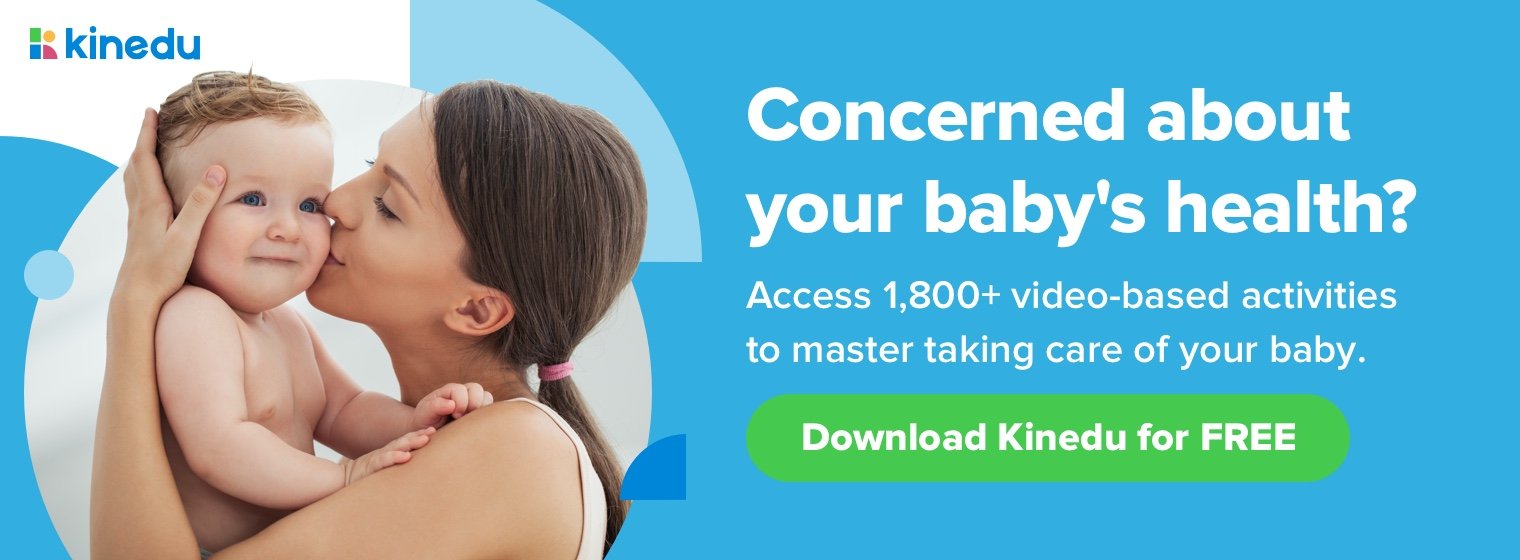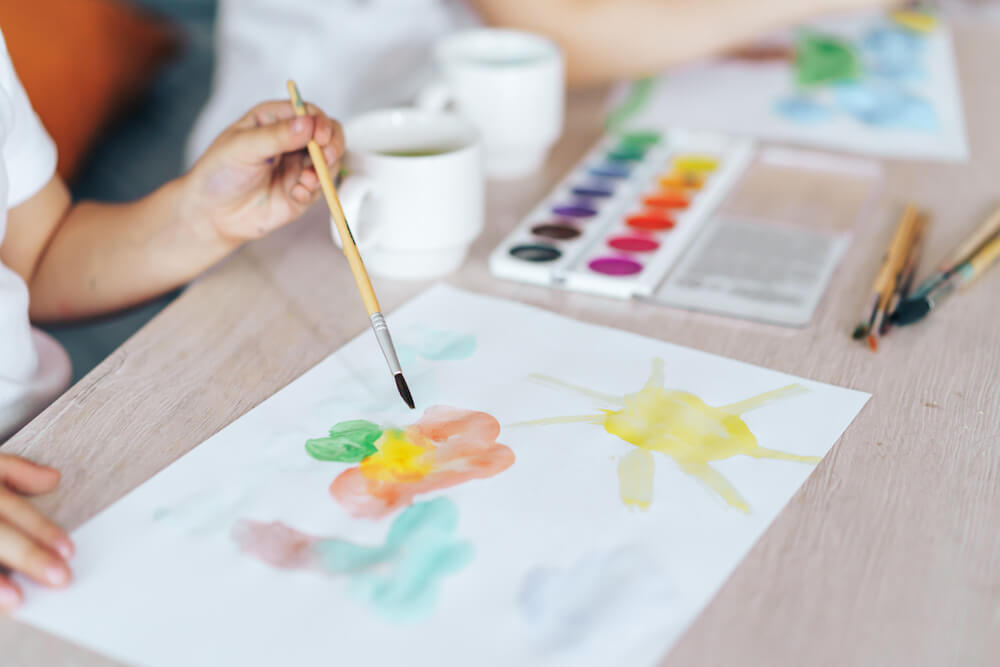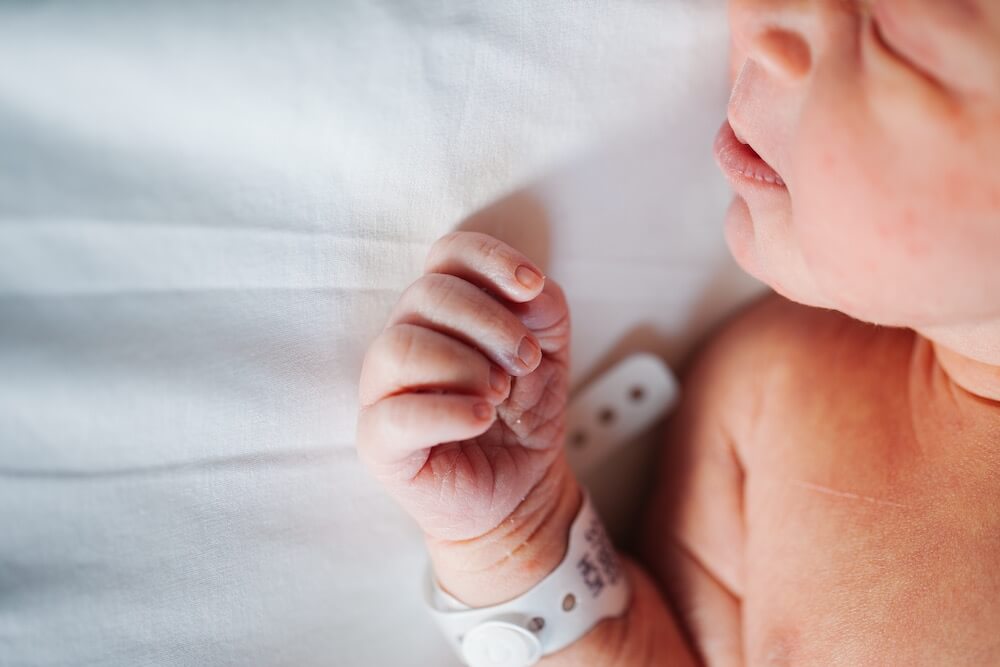Key Points:
- The article provides tips for parents to safely and comfortably give a sponge bath to a newborn, including preparing the location and tools, washing the face and body, and keeping the baby warm.
- It advises waiting until the umbilical cord falls off before giving a regular bath and recommends starting with brief and gentle baths.
- The article gives safety tips for different locations where a baby can be bathed, such as the sink, emphasizing the importance of keeping a steady hold on the baby and not leaving them unattended.
- It advises on how to clean different parts of a baby’s body during a bath, including the genital area, emphasizing the importance of being gentle and avoiding soap when not necessary.
It’s common for parents to have many questions about bath time, and sometimes experience some anxiety about the subject, but don’t worry! Below you will find some tips and steps you can take to give your little one a safe and relaxing sponge bath.
Bath time can be a great way to bond with your newborn and to prepare them for bedtime, but also an experience that you can treasure. Doing it at a similar time each day will help teach your baby that bedtime will soon come. For this reason, bathtime should be a quiet and relaxing time that slows the pace of the day’s activity and prepares your child for sleep.
Baby sponge bath safety tips
First of all, a sponge bath is like a regular bath, but without putting your baby fully in the water. The American Academy of Pediatrics recommends sponge baths until the umbilical cord falls off, which usually happens sometime during the first two weeks of life.
These are some of the most important things to consider when preparing to give your baby a bath:
- Prepare the space and the things you’ll need and place them near you: a basin, bowl or container with water, a damp washcloth, a dry towel, and a warm space with a flat surface.
- Lay your newborn on the flat surface, which can be a changing table, the bed, a blanket or towel on the floor. The most important thing is that both you and the baby are safe and comfortable. If you choose a surface above the floor, just make sure to use a safety strap or keep a hand on your baby at all times to prevent falls.
- Start by washing your baby’s face using the damp washcloth, trying not to get water inside the eyes and mouth. Before continuing to wash the rest of the body, dip in the washcloth inside the warm water to clean it.
- An important thing to remember is to keep your baby warm during the sponge bath. You can do so by wrapping your baby with a towel and only uncovering the parts of the body that you’ll bathe at that time. Some areas that’ll need special attention are where the skin creases: armpits, genital area, behind the ears and around the neck.
When will your baby be ready for a regular bath?
By the time your baby’s umbilical area is healed, you can start bathing them in water. These first baths should be gentle and brief, and sometimes switching back to sponge baths from time to time will be necessary if your baby protests.
Baby bathtub safety tips
- Choose where you will bathe your baby. It can be in the kitchen sink, the bathroom sink, or in a portable bath tub placed on a flat and safe surface. It’s best to choose a place that allows you to be in a comfortable position and at the height of your little one, this way you can provide greater security. If you choose the sink, be sure it’s large enough so your baby doesn’t get hurt. Similarly, be sure it’s very clean to avoid contaminating or irritating your child’s skin.
- Pour 5 centimeters of water in the portable tub or sink at a warm and pleasant temperature. Use your elbow to check the temperature and modify accordingly. If the water is too hot it can burn your baby’s skin; be careful that it does not exceed 40 degrees Celsius (100º F).
- Prepare the things you’ll need and place them near you: unscented baby soap, pitcher or cup to pour water, delicate cloth, hooded towel, new diapers and clean clothes.
- Undress your baby and, if necessary, clean their bottom to avoid contaminating the water.
- Place your child in the water slowly, starting with their feet. While you do this, talk to your baby in a loving way. The sudden change of environment can scare or surprise them, and your tranquility will help soothe them.
- Remember to keep a steady hold when placing them in the tub; your baby can wince a little when there’s contact with the water. Use one hand to support the neck and head and the other to put the body into the water.
- Make sure that most of the body is out of the water. To avoid getting cold use the pitcher or cup to constantly wet your baby.
- Take the delicate cloth and begin to clean the face. It might not be necessary to use soap on a daily basis, just make sure the face is clean and free of milk residue.
- Continue by softly massaging the skull, making sure to avoid getting water into the ears. When rinsing, place your hand on the forehead to prevent water or soap from entering the eyes, nose and mouth.
- Now, clean the rest of the body. Start with the front of the body and then lift them slightly and continue with the back and buttocks. Remember that if you give your baby a daily bath, it might not be necessary to use soap every day.
- When you reach your baby’s genital area, clean thoroughly without soap. If your baby is a girl, clean between folds and rinse the vulva very well. If your baby is a boy, clean the penis and scrotum, but avoid moving the foreskin (skin at the tip of the penis) backwards. Remember not to soak your baby if he was circumcised and has not completely healed yet. If this is the case, make sure to follow the instructions your doctor gave you.
- When you’re done, carefully remove your baby from the water, and wrap their body with a soft towel. Then, take your little one to a comfortable surface, and dry them with gentle pats. Once they’re dry, put on a new diaper and clean clothes.
Remember: Never leave your baby unattended, not even for a second; accidents can happen in the blink of an eye!
Following these tips and steps should make bath time a much more relaxing and soothing experience, for both you and your baby. Remember to enjoy every moment and take advantage of the opportunity to bond with your baby, before you know it they’ll be full grown!
References:








